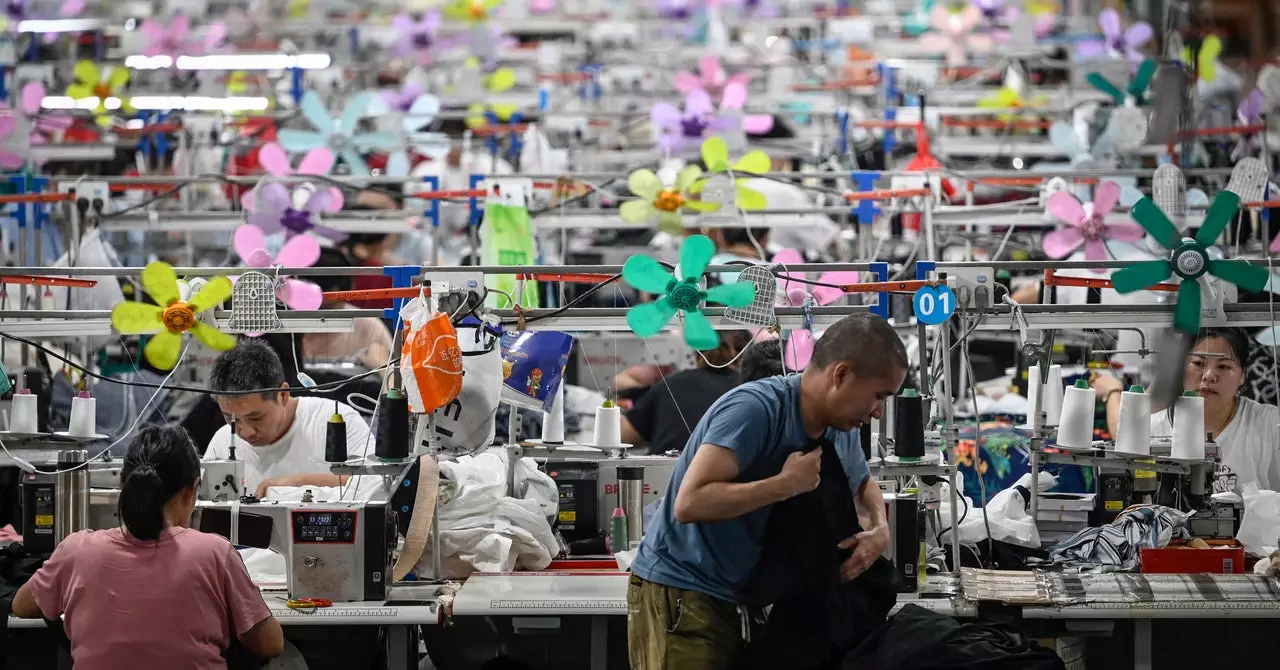Fast fashion has been catapulted into a realm of unprecedented growth and accessibility in recent years, with Shein at the forefront of this movement. This article delves into the intricacies of Shein’s operations in 2023, spotlighting the company’s dependence on artificial intelligence, its overwhelming production capacity, and the looming sustainability issues that contradict its rapid success.
In 2023, Shein’s presence extended across 150 countries, securing its position as a global titan in the fast-fashion industry. Airplanes whisked away vast quantities of inexpensive clothing from innumerable suppliers directly to consumers’ doorsteps, underpinning the expansive reach of Shein’s business model. Influencers worldwide propelled the brand’s visibility through #sheinhaul videos, leading to billions of views across various social media platforms. This not only fostered a culture of consumerism but also signaled a seismic shift in how apparel is marketed and consumed.
The allure of Shein lies in its ability to deliver high-fashion looks at unbelievably low prices. Yet, at the heart of this model is an intricate web of data. Shein’s operational strategy hinges on collecting and analyzing massive datasets to gauge customer preferences and reaction in real-time. Utilizing proprietary machine-learning algorithms, the brand effectively predicts demand and efficiently replenishes its supply to meet consumer appetite at an astonishing pace.
Artificial Intelligence has emerged as a double-edged sword in the fast-fashion sector. On one hand, it accelerates production cycles and enhances the shopping experience by providing tailored recommendations to customers. On the other hand, its integration into Shein’s business model magnifies the environmental cost associated with production. The sheer speed at which Shein can design, manufacture, and market new clothing—reportedly introducing as many as 10,000 new items daily—has redefined traditional retail limits. However, this relentless velocity raises ethical questions surrounding sustainability.
Sustainability advocates express concerns over Shein’s rapidly expanding output, suggesting that AI-driven efficiencies in production come at a cost. The continuous acceleration of fashion cycles fuels a culture of disposability, encouraging consumers to treat clothing as transient commodities rather than lasting investments. As Shein promotes ultra-fast fashion, the repercussions on environmental health become troublingly evident, with carbon emissions and textile waste spiraling out of control.
Shein has adopted a series of sustainability goals, pledging to reduce its carbon dioxide emissions by 25% by 2030 and aiming for net-zero emissions by 2050. However, skepticism looms over whether these ambitions can be realized given the current trajectory of the company’s operations. A recent sustainability report revealed a startling rise in carbon emissions, with Shein’s total emissions reaching an estimated 16.7 million metric tons in 2023—equivalent to the output of four significant coal-burning power plants for an entire year.
The contradictions within Shein’s sustainability narrative become even more troubling when considering issues of textile waste and microplastic pollution. The fast-paced production model is not only devastating for the environment, but it also reveals the exploitative labor practices often hidden behind cheap pricing. The search for inexpensive materials and labor can lead to practices that disregard the well-being of textile workers, shedding light on an industry fraught with ethical concerns.
As fast fashion continues to evolve in a landscape dominated by technological advancements, brands like Shein must reckon with their environmental footprint. While AI has provided a powerful tool for efficiency and consumer engagement, it simultaneously complicates the pursuit of sustainability in fashion. Shein’s paradox of thriving under the fast-fashion paradigm yet facing backlash for unsustainable practices encapsulates an urgent need for reform.
The future of fast fashion does not solely lie in higher profits or advanced technologies; it must pivot towards accountability and ecological responsibility. Industry leaders are increasingly called upon to justify their practices and contribute meaningfully to sustainable solutions. It is only through deliberate changes in operation and consumer expectations that brands can hope to reconcile the allure of fast fashion with the pressing need for a sustainable future.

